Customer journey mapping
INTERPRETATION
Since I didn’t run the research, I can’t tell you anything about the overall experience of the customers. What I can tell you is that there are a lot of opportunities to provide a better experience than the current one.
As you can see, we definitely should take a look at the ‘usage’ stage. AJ&Smart say it’s best to focus on an early stage vs. a later stage, since fixes in early stages can easily resolve issues in the next stages. But in this case I think all 3 stages need some love (research & selection, onboarding, usage). A smoother onboarding process, will not fix technical issues in this case. Because we’re looking to improve the overall experience of the customer, it means that all the stages are equally important.
‘Where to start?’ might be your next question. Well, it depends on your priorities. Do you want to focus on the potential and/or current customers? Do we go for quick wins or will we go for the most impactful solution? Also important is to know how deep you wish to go for further research. In all cases we need to answer more questions before diving into ideation. This will reduce the rework in later stages of this process (user testing).
Some examples of questions we need to ask are:
- What information do customers say they expect to see to be able to compare our service?
- What information is provided on competitors their sites?
- What makes the onboarding cumbersome?
- Wherefor do people wish personalized support?
- What is the difficulty in finding availability?
- With whom would you like to network?
- When is the best time to do this?
- What is bothering customers about the maintenance & cleanliness of the facilities?
SUGGESTIONS
To provide clear information to potential customers we can either do a competitor analysis or fix user interviews with current and potential customers.
Revising the onboarding process is focussing on current customers. We suggest to ask them about what they expected and how reality was. After getting more insights, it’s time to make a prototype and start user testing. A cheaper way to do this is by implementing changes to the current onboarding process and keep track of the customers their experience.
To provide more personalized support we can do a brainstormsession and also implement the outcome in the current onboarding flow.
The availability could be two things:
- finding available rooms/spaces while booking online
- finding available rooms/spaces when walking in the coworking building (which means there aren’t enough seats to place every customer)
In the first case we need to have a closer look to the booking system. Do we have any analytics (recordings, heatmaps,...) of the current system? What seems to be the issue. As soon as we get this, we’ll be able to find a solution for it by brainstorming. In the second case, your company is growing (which is a great thing!). You can either choose to provide more seats or limit the number of seats per day.
Technical issues can be reported by the customers. Is there currently a way to collect this information or shall we have a look to set something up? After we get an overview of the issues, you can get started to resolve them by yourself or hire an service to fix what’s wrong. After fixing the biggest issues, a support line might be helpful for urgent issues in the future. This way your customers might feel supported when in need.
Your customers feel like there are insufficient networking opportunities and community engagement. To resolve this we can ask them what they expect from the CollabHub community. How much time do they want to invest in it? What channels do they want to use for this? What would they like as networking: talks, after work drinks, casual or more formal,...? If there is enough engagement, it might be useful to set up a brainstorm session with some of the customers to cover these networking opportunities. To build a stronger engagement from within the customers, it’s nice to let them have a say in all of this. They know their fellow co-work spacers more than anyone and share the same struggles, joy,... This way they can help to engage each other.
In the case of maintenance & cleanliness of the facilities, we’d suggest to plan a more frequent review of the facilities. It also might be useful to ask your customers about what clean and maintained means to them. What do they expect?
Reviews
0 reviews
You might also like
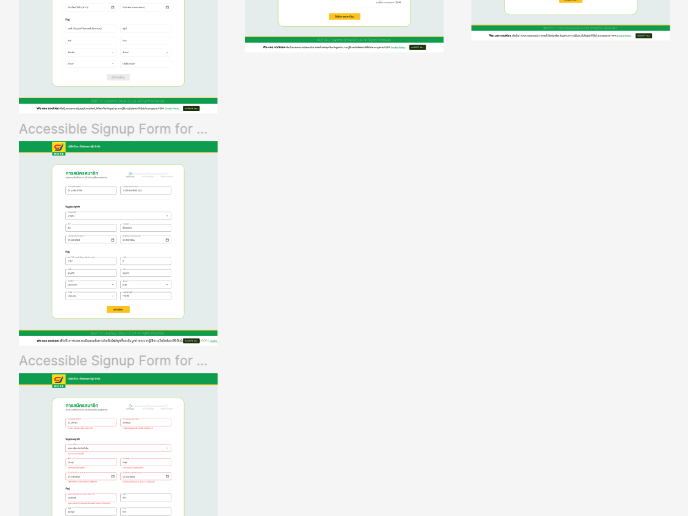
Accessible Signup Form for SaaS Platform
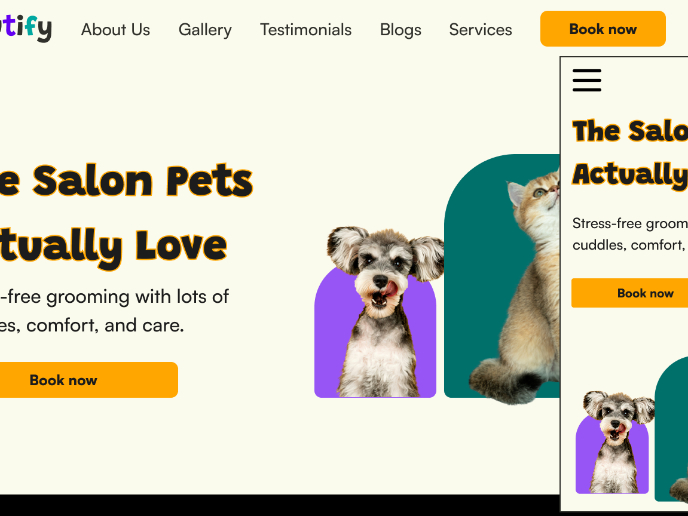
Pawtify - Responsive Landing Page Brief
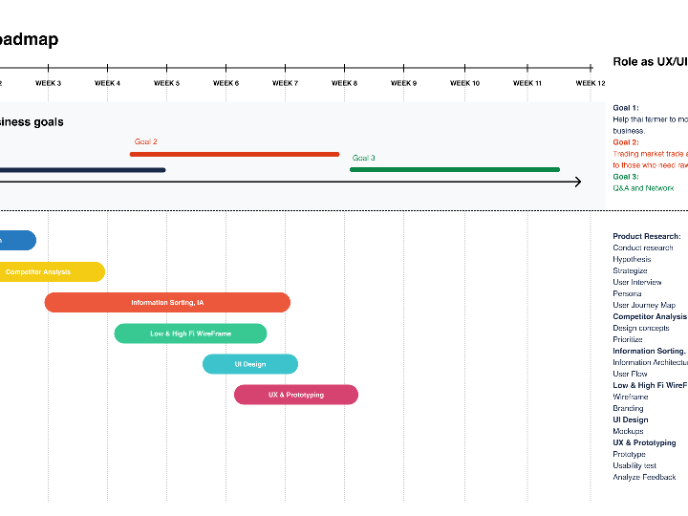
Build a Product Roadmap
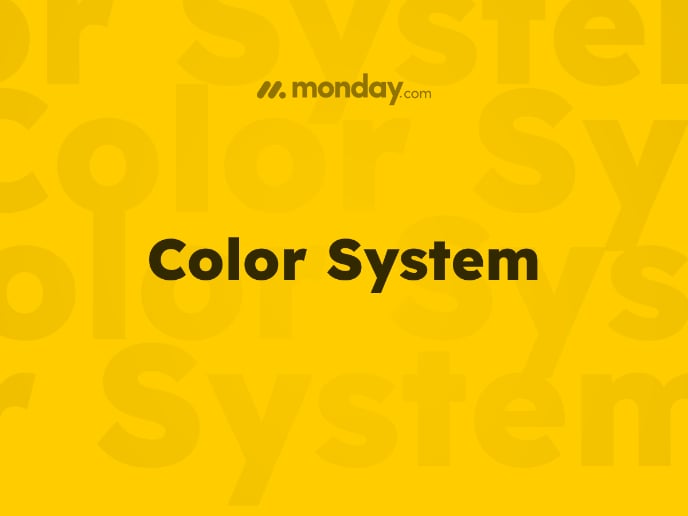
Monday.com Color System
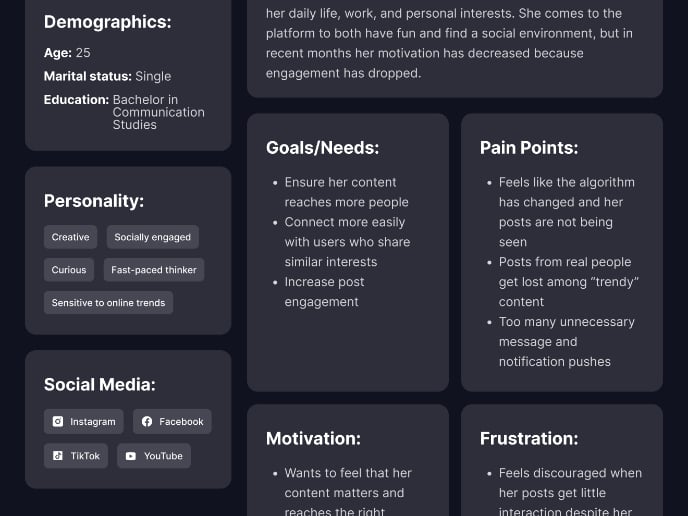
User Persona
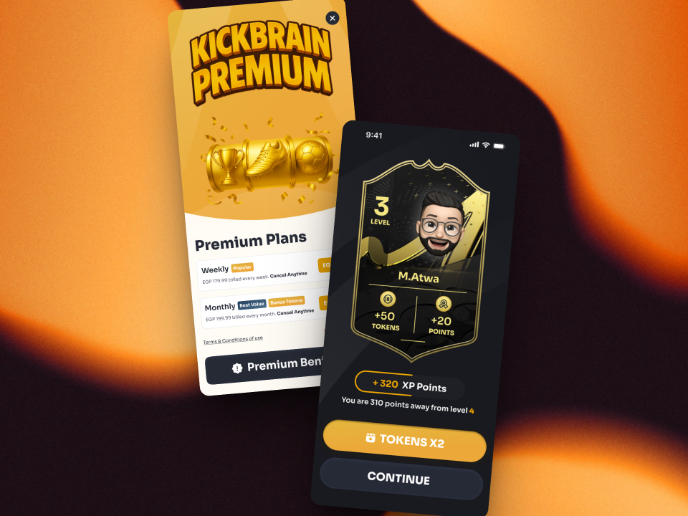
Redesigning KickBrain: Trivia Mobile Game
User Research Courses

Introduction to Product Management

The Product Development Lifecycle & Methodologies











